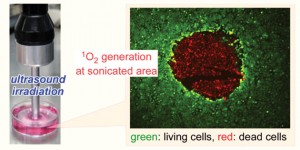This month sees the following articles in Biomaterials Science that are in the top ten most accessed from April – June:
Facile preparation of multifunctional hollow silica nanoparticles and their cancer specific targeting effect
Banalata Sahoo, K. Sanjana P. Devi, Sumanta Kumar Sahu, Suryakanta Nayak, Tapas K. Maiti, Dibakar Dhara and Panchanan Pramanik
Biomater. Sci., 2013,1, 647-657
DOI: 10.1039/C3BM00007A
Mesoporous silica nanoparticles for the design of smart delivery nanodevices Montserrat Colilla, Blanca González and María Vallet-Regí
Biomater. Sci., 2013,1, 114-134
DOI: 10.1039/C2BM00085G
Enhanced endocytosis of acid-sensitive doxorubicin derivatives with intelligent nanogel for improved security and efficacy
Jianxun Ding, Fenghua Shi, Di Li, Li Chen, Xiuli Zhuang and Xuesi Chen
Biomater. Sci., 2013,1, 633-646
DOI: 10.1039/C3BM60024F
Three-dimensional cell culture based on microfluidic techniques to mimic living tissues
Yuya Morimoto and Shoji Takeuchi
Biomater. Sci., 2013,1, 257-264
DOI: 10.1039/C2BM00117A
Biomaterial approaches to gene therapies for neurodegenerative disorders of the CNS
Ben Newland, Eilís Dowd and Abhay Pandit
Biomater. Sci., 2013,1, 556-576
DOI: 10.1039/C3BM60030K
DNA origami technology for biomaterials applications
Masayuki Endo, Yangyang Yang and Hiroshi Sugiyama
Biomater. Sci., 2013,1, 347-360
DOI: 10.1039/C2BM00154C
Synthetic hydrogel platform for three-dimensional culture of embryonic stem cell-derived motor neurons
Daniel D. McKinnon, April M. Kloxin and Kristi S. Anseth
Biomater. Sci., 2013,1, 460-469
DOI: 10.1039/C3BM00166K
Bio-inspired catechol conjugation converts water-insoluble chitosan into a highly water-soluble, adhesive chitosan derivative for hydrogels and LbL assembly
Kyuri Kim, Ji Hyun Ryu, Dong Yun Lee and Haeshin Lee
Biomater. Sci., 2013,1, 783-790
DOI: 10.1039/C3BM00004D
Enzyme responsive materials: design strategies and future developments
Mischa Zelzer, Simon J. Todd, Andrew R. Hirst, Tom O. McDonald and Rein V. Ulijn
Biomater. Sci., 2013,1, 11-39
DOI: 10.1039/C2BM00041E
Taking tissue adhesives to the future: from traditional synthetic to new biomimetic approaches
Lígia Pereira Bré, Yu Zheng, Ana Paula Pêgo and Wenxin Wang
Biomater. Sci., 2013,1, 239-253
DOI: 10.1039/C2BM00121G
Why not take a look at the articles today and blog your thoughts and comments below.
Fancy submitting an article to Biomaterials Science? Then why not submit to us today!











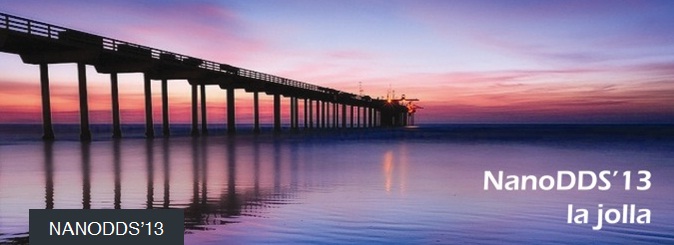
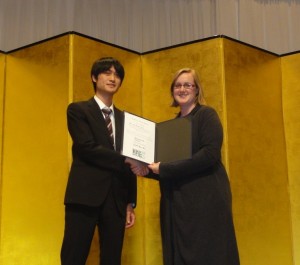
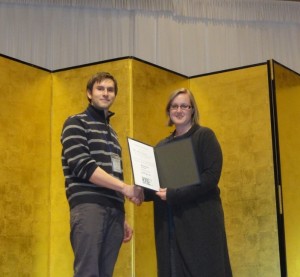

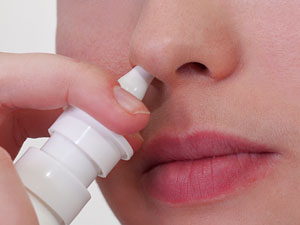
 Scientists in Australia are a step closer to printing living cells for tissue engineering with the development of a new bio-ink that allows the cells to stay alive until they are printed and not clog up the printer nozzle.
Scientists in Australia are a step closer to printing living cells for tissue engineering with the development of a new bio-ink that allows the cells to stay alive until they are printed and not clog up the printer nozzle.